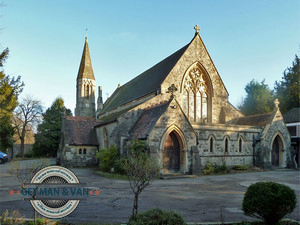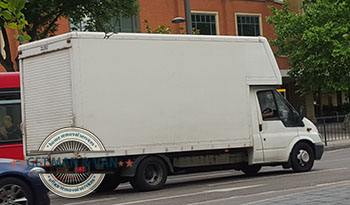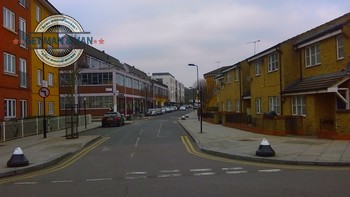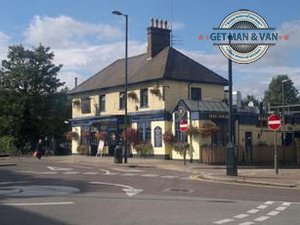
We travel every day for different reasons – we commute to work, we drive couple of hours to see our relatives during the weekend, we fly to exotic destinations. We move a lot and take our staff with us. It is not complicated at all – we have suitable bags and suitcases, special packing and wrapping materials, we can even ship some of our belongings or use a specialized moving company if we are changing places. We can choose the means of travel we use and generally they are also quite comfortable, which makes our voyaging an overall pleasant experience.
Travel was not that easy back in time
Travel in the Middle Ages, for example, was quite complicated but people did travel nonetheless. The reasons behind movement of people at that time were quite significant – Crusade, pilgrimage, trade, finding new home after war or plague. People did travel because of diplomatic and political purposes as well and only the wealthy and royalty travelled for pleasure.
 One of the difficulties travellers faced was the actual lack of road infrastructure. The surviving Roman roads were an option, however their condition was already deteriorated due to time and weather. That is why the most convenient way to travel was on horseback. Many travelled on foot and the wealthy would use a litter borne by two horses.
One of the difficulties travellers faced was the actual lack of road infrastructure. The surviving Roman roads were an option, however their condition was already deteriorated due to time and weather. That is why the most convenient way to travel was on horseback. Many travelled on foot and the wealthy would use a litter borne by two horses.
Travelling by water, when possible, was often an easier and preferred way to travel. Rivers such as The Seine, Rhine, Loire, etc. were the actual highways of Europe. Canals were also made to connect rivers and streams. Boats and barges were used by those, who could afford it, to ease their movement and/or carry their cargo.
When you move, you take your belongings with you
The average household did not have that much furniture, kitchenware or clothes, as we do, however, they still needed to transport them to their new destination. You would think that there were entrepreneurs at that time who offered moving services, however, people started paying others for such services round the 17th century for UK and 19th century for the USA. Before that, every household had to find their own solution. Most would travel light and those with more property used carts, wagons, carriages or other wheeled vehicle for this purpose. The group was often accompanied by pack animals. This made the trip quite complicated and definitely not very fast and smooth. Are you curious what distance travellers covered for a day? Well, that would depend on several factors, such as:
- the group – how many people are travelling together;
- horses – do they have good animals;
- accompanying vehicles, if any – how many luggage carts do they ride;
- external factors such as the terrain and weather.
An average for a small group on horseback and no unexpected obstacles on the road is estimated to be 30 miles (48 km) per day. Today, we can cover such distance for more or less an hour by car, bus or train.
Another interesting feature of the travellers from the Middle Ages is that they avoid travelling alone and chose moving in a group. Travelling in company was not only more pleasurable but was preferred out of safety reasons. The roads were quite dangerous and often travellers had to spend the night outdoors, because there was either no place in the inn or no inn at all.
Centuries later with the revolution of the rail transport and the establishment of air travel what was once only imagined became reality. Now, travel is fashionable and the free movement of people and goods is no longer a privilege.
About the Author:
Prev: « 6 Great Places to Visit in EdinburghNext: Who To Notify When Moving House »









